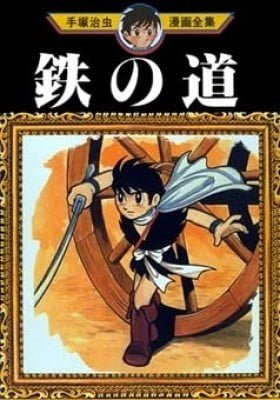Around 1,500 years ago, the Roman legendary singer and swordsman, Akiritas, caught wind of rumors about the formidable Japanese warrior, Takeru, who was accompanying the Tang Dynasty in the east. Curious about his skill, Akiritas headed eastward along the Silk Road. As fate would have it, Takeru was traveling westward as an escort for a caravan. The two warriors eventually cross paths and engage in a thrilling competition on the "Iron Road."
Though commonly known as the Silk Road, the term "Iron no Way" pays tribute to John Ford's western play, which adds a unique touch to the narrative. The story takes place on the Silk Road, with Ford Western drama elements infused in the caravan's journey. Takeru and his rival, Akiretas, embody the classic heroes of the western genre, reminiscent of a fearless cavalry captain with a wandering spirit. The title "Western Road" may not appear as a typical western-style film, but it carries a Hollywood flair and fits the story's premise.
To fully embody the romanticism of the Silk Road, the characters represent diverse cultural styles. Akyletas, the Roman swordsman, embodies Roman glory. The daughter of the Great Kingdom's merchant, Eye Lin, embodies the Chinese style. The caravan's leader, Lee Run, embodies Mongolian fashion. Chlorina showcases the diverse traditions and colors of the Silk Road, while the beautiful princess Soreal depicts the Middle Eastern style. Despite the presence of various cultures, the main character, Takeru, stands out with his stateless boots and scarf, fitting in seamlessly with the diverse Silk Road community.


